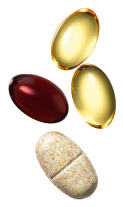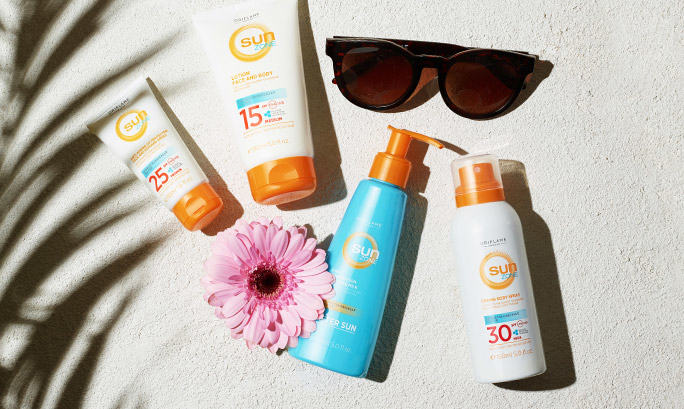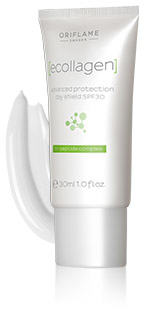1. “IT’S CLOUDY, SO THERE’S NO NEED TO WEAR SUNSCREEN”
According to the Skin Cancer Foundation 80 per cent of the sun’s UV radiation passes through clouds, so you should wear a minimum of SPF 15 even when it’s gloomy outdoors.
2. “I’M DARK-SKINNED SO I DON’T NEED TO WEAR SPF”
People with olive or dark skin may be less likely to burn than their pale-skinned friends, but they still need to use SPF. Why? Because although darker skin may not turn bright red, it will experience the tight, painful and damaging effects of sunburn. And more importantly, although skin cancer rates are lower amongst people of colour, diagnosis often happens at a later date, which makes it harder to treat. We say, keep safe and cover up.

3. “SPF IS WHAT PROTECTS ME FROM THE SUN”
Sun Protection Factor (SPF) is not an amount of protection, but rather an indication of how long it takes for UVB rays to redden the skin compared to how long skin would redden without it. Here’s how it works: If you normally turn red in 30 minutes, in theory SPF 15 will prevent reddening for 15 times longer.
It was once thought that only UVB caused damage to the skin, but our skin needs protection from the sun’s UVA rays as well. As no amount of SPF can filter out all of the sun’s UV rays, you should wear a hat, sunglasses and find a shady spot for maximum protection.
4. “SUNSCREEN WILL MAKE ME BREAK OUT”
If you suffer from breakouts, use a sunscreen that’s been created for your face rather than a multi-tasking lotion. Shop around for a formula that agrees with your skin. Oil-free and lightweight sunscreens are readily available and should keep you shine-free. Or for every day use, select a specialised face cream that targets your concerns whilst offering protection. We love Bioclinic Active Defence Shield Day Cream with SPF 45 or Ecollagen Advanced Protection Day Shield, which offers SPF 30.
5. “SUNSCREEN DOESN’T HAVE AN EXPIRATION DATE”
The sunscreen you wore several years ago may just be out of date, so be sure to check the expiration date on it. If there’s no “use-by-date” visible, make a note on the bottle with a permanent marker.
6. “IT’S O.K. TO USE A SUNBED ONCE IN A WHILE”
It’s not. Tanning booths emit large amounts of UV rays centimetres away from your skin. In fact, they can give off up to 12 times more UV rays than the midday sun does. Not only does the use of sunbeds lead to pigmentation and wrinkles, they can also cause skin cancer. If you want a pre-summer glow, opt for a self-tanning lotion instead.

Vitamin D is an essential nutrient that is necessary for a good health. What makes this vitamin unique is that your body creates it naturally when exposed to sunlight. 15 minutes of sunlight a day with SPF is okay, but we recommend getting your intake from dairy, oily fish – like tuna and salmon – and topping up with a multivitamin or supplement.




